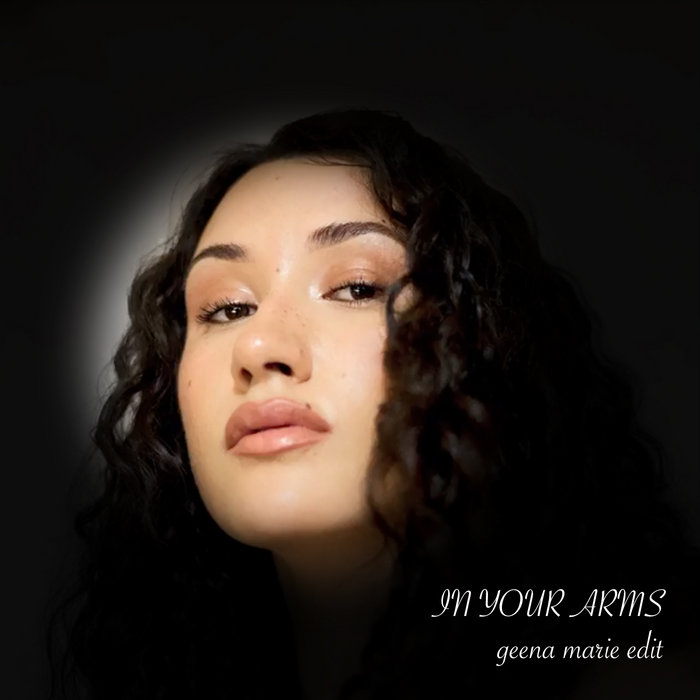
In Your Arms (Geena Marie edit) – DJ Geena Marie
this blog is GROOVY – check out great Soul, Funk, Jazz, Hip Hop, Bass, Breaks , Reggae, House n many more TUNES
Bump! It’s not just a sound; it’s a vibe, baby! This groove-filled genre has its roots deep in the pulse of the underground dance scene. Let’s take a slick ride through the history of bump music and uncover some funny moments from its funky evolution.
So, what exactly is bump music? Think of it as an electrifying blend of house, disco, and funk with heavy basslines that make your hips sway and your feet move. Often played in clubs where the lights flash like crazy and the crowd loses themselves to rhythm—that’s bump!
The term “bump” itself refers to that infectious groove; when you hear it, you just can’t help but nod or shake something. Whether you’re on the dance floor or vibin’ at home, bump music gets under your skin.
The seeds for bump were sown back in the late 1970s during disco’s heyday. You know those glitter-ball parties where everyone wore their platform shoes? Yeah, that was just the warm-up act! As disco faded into oblivion (thank goodness for Saturday Night Fever), new sounds emerged from Chicago.
In the 1980s, house music took center stage with legendary producers like Frankie Knuckles spinning tracks that would lay down lush melodies over drum machines. And then came acid house—hello Chicago again—with squelching synths thanks to infamous records like “Acid Tracks” by Phuture.
By merging these styles (disco rhythms + house beats = BUMP!), we get our vibrant genre filled with energy!
Did you know one early producer tried using samples straight off TV show theme songs? Yep! Some tunes had listeners bopping along with features from classic sitcom themes without realizing it until much later!
As we cruised into the ‘90s, bumper vibes began making waves far beyond Chicago—spreading across cities like Detroit and New York faster than gossip at brunch! Producers started layering catchy hooks onto fat basslines while vocalists belted out lyrics about love… or random stuff they thought sounded cool after two or three drinks!
One significant player during this time was DJ Sneak—the self-proclaimed “House Gangster.” He brought together elements from all over—blending Latino funk grooves with urban beats—and set dance floors on fire worldwide.
And don’t forget about artists like Armand Van Helden whose track “The Funk Phenomena” grabbed folks right where they wanted by mixing old-school hip-hop samples into dizzying loops… oh boy—talk about ear candy!
Rumor has it DJ Sneak once wore shades inside a club because he was convinced he could channel his inner superhero vibes better without anyone seeing his eyes—but heck no one seemed bothered by this eccentric look!
By Y2K (yes—we survived!), internet access opened up even greater highways for creativity; EDM exploded everywhere leading many people towards various sub-genres including bumper cuts filled with infectious melodies perfect for festival crowds dancing till dawn.
Some key players sprouted up during this era: Daft Punk took us way back to retro while adding their futuristic flair turning heads globally! Meanwhile Diplo dropped bombastic beats left & right leaving fans slack-jawed wondering what fun surprise awaited them next week…
Oh yeah—notably weird was how so many DJs seemed fixated on wearing outrageous outfits featuring sequins while spinning records—a true testament showing dedication combined style flair wasn’t merely optional—it became part-and-parcel essential experience earned through sweat-drenched rave nights together…
A famous story goes around about Diplo accidentally switching cables during live sets causing him to play Mozart instead of techno—it confused half his audience who started clapping thinking there’d be an encore before realizing what happened!!
Fast forward into today—the digital age keeps introducing new sounds every day shaping genres while blending others… cue modern-day bumps arriving from trap-infused grooves mixed gracefully alongside rap lyricism glowing brightly throughout playlists everywhere online streaming platforms allow easy access surely keeping spirits high whenever needed most.
While newer dudes such as Fisher burst onto scenes rocking contagious bangers shaking nightlife senses alive throughout summer festivals playing never-ending heaters around world—in-between collaborations ! You might see familiar faces popping back together reminiscing golden days bringing fresh takes reviving nostalgia too simultaneously waving flags creating connections shared across generations spanning decades past…
Fisher once mistakenly broke one turntable platter mid-way through playing an epic track yet improvised grabbing another friend’s guitar instead strumming away immediately resulting instant cheers erupting forth among fans who saw genius spark come alive within unpredictability moments present—they knew magic unfolded right before ‘em consistent good times pouring everywhere endlessly continuing thriving scenes electrifying hearts tonight still groovin’ strong since first ever beat dropped long ago…
Conclusion
From its humble beginnings in dreamy nightclubs lined up under swirling colors to burning bright stages showcasing talent crossing boundaries – bump stands proud celebrating culture rooted deeply within communities dedicating passion towards elevating joy experienced through movements igniting unforgettable memories sparked via sweet sounding jams resonating freely filling air surrounding—all ready repeat again tomorrow night proudly anytime anywhere else needing uplift shared soundtrack made possible WHEREVER YOU ARE RIGHT NOW!!
So go ahead ditch whatever bad thing weighing heavy inside head toss aside anxieties lean carefree feel-free hit up next jam session awaiting closer contact lost souls diving deeper subject matter everything related uplifting loving life rhythms keep comin’ alive forevermore!! 🎶💃✨

In Your Arms (Geena Marie edit) – DJ Geena Marie